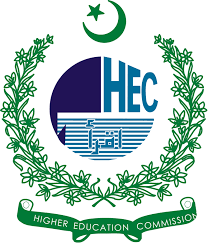ENHANCED DETECTION PARADIGMS: INTEGRATING AI AND DATA SCIENCE IN CT SCAN FOR EARLY DISEASE DIAGNOSIS
DOI:
https://doi.org/10.71146/kjmr251Abstract
Biomedical imaging methods such as computed tomography (CT) or magnetic resonance imaging (MRI) are important appliances for diagnostic--disease detections. However, the conventional approach of using imaging for analysis largely hinges on radiologist expertise and manual interpretation is often not able to detect early cases. In this review, we present the paradigm shift data science has introduced into biomedical imaging and how machine learning — especially in combination with deep learning algorithms— is facilitating earlier and more precise disease detection. An automatically image analysis can allow CT and MRI scans to become a higher level of codable relevance with the refinement for automating precision while detecting abnormalities that might be overlooked conventionally.
Using machine learning models trained on thousands, if not millions of medical images could potentially improve the resolution and clarity of scans so that patterns indicative diseases like cancer, cardiovascular conditions or neurological disorders can more easily be identified. Imaging techniques using data science are more sensitive and specific as compared to traditional methods making it possible for early interventions, increasing the life expectancy of patients. Still, issues regarding data privacy and ownership, algorithmic bias as well as ethical constraints need to be addressed before these technologies can safely and equitably established in the clinical routine.
This narrative review enumerates significant trends in applications of data science to CT scans through a comparative examination with image analysis by traditional, semi-automated and automated methods. Central to this are advances in predictive diagnostics and AI-driven innovations that hold great promise for improving the early disease detection enabling of biomedical imaging role in overall healthcare delivery, this article likewise explores future directions including their integration.
Downloads
Downloads
Published
Issue
Section
License
Copyright (c) 2025 Syed Muhammad Ayan Naqvi, Ansharah Hasib, Mehwish Faiz, Fahad Shamim, Saba Yusha, Shahzad Nasim (Author)

This work is licensed under a Creative Commons Attribution 4.0 International License.







